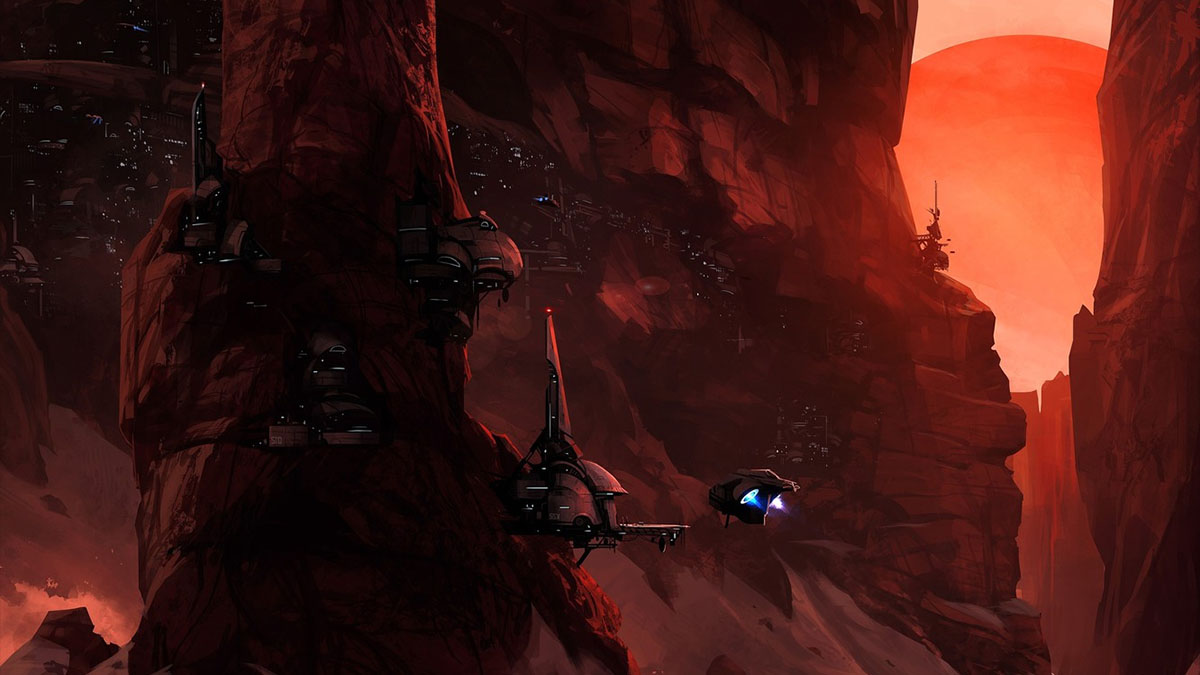will the sun really turn pluto habitable as it dies?

Imagine if you will, Jupiter’s moon Europa as a warm ocean world, Titan as a slightly chilly, but still habitable desert, Triton and Pluto covered by seas bustling with life, and other icy dwarfs turned into similar laboratories for microorganisms. Today, all these places are far too cold, but according to a piece that resurfaces every few years, as our sun dies and expands into a red giant, immolating the inner solar system as it does, its heat could very well thaw the moons of gas giants and objects in the Kuiper Belt, creating a second burst of habitability across what will be left of our solar system. But what kind of life would we see when this happens? And could it have a chance to evolve some semblance of intelligence?
As the sun runs out of hydrogen to fuse into helium over the next 7.5 billion years, it’ll expand nearly 300-fold, getting brighter and brighter as it does. In a billion years, anything still visiting Earth will see it as 10% brighter, and I say visiting because by that point, solar radiation will sterilize our planet like an autoclave. About two and a half billion years after that, the sun is going to be 40% brighter, leaving our once lush, blue world a charred, lifeless rock long devoid of even the simplest microorganism. Five billion years later, it will become a giant and in short order vaporize Mercury, Venus, and Earth, and quite possibly tear apart Mars. But our loss is the outer solar system’s gain, right?
In a way, it absolutely will be. Dwarf planets and moons around gas giants are full of water and organic chemicals. Given just enough heat, the two can properly mix and create microbes with ease. Some estimates even put the outer reaches of a red giant sun’s habitable zone as far out as 10.6 billion kilometers away, some 2 billion km further than the farthest Pluto gets from our star today in its eccentric orbit. Life on it, Triton, and similar worlds in the Kuiper Belt is almost a certainty at that point. However, that life is going to be on a relatively short clock because the sun won’t be a red giant for long, likely less than a billion years. It may seem like a long time but living things would’ve had a window of least 4.5 billion years on Earth by comparison.
Just consider that it may have taken slightly over a billion years for any of that life to become multicellular, and between 2.75 billion to just under 3 billion to evolve into the first animals. If alien microbes in the outer solar system could evolve the same complexity and diversity as we have on Earth today, they would have to get it done in less than a third of the time before the light that warms them slowly disappears forever. It’s very unlikely that we’d see anything past some microbes and maybe the first signs of multicellular life in shallow, salty seas before the outer solar system freezes over again and the sun is reduced to a white dwarf. It will be life’s final little hurrah at the death of the star that made it all possible.





